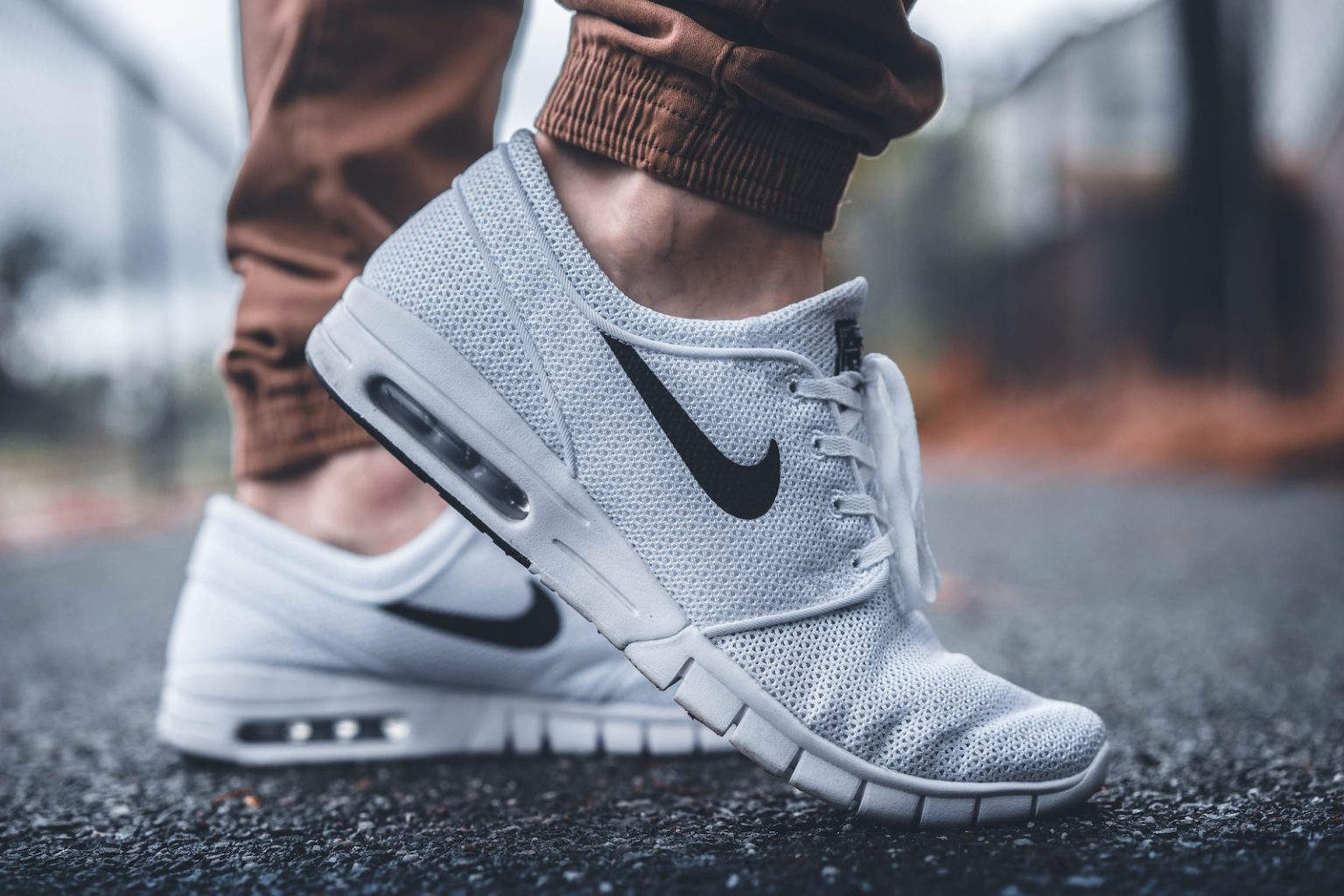Packaging design plays a crucial role in the success of any product. It not only protects the product but also serves as a powerful tool for branding and marketing. In today’s competitive market, companies are constantly seeking innovative packaging design strategies to differentiate themselves from their competitors and capture the attention of consumers. This article explores some of the most effective packaging design strategies that can elevate a brand and create a lasting impression on consumers.
1. Minimalistic Design: Less is more when it comes to packaging design. A minimalistic approach can create a clean and sophisticated look, allowing the product to stand out. By using simple shapes, colors, and typography, brands can convey a sense of elegance and modernity. Minimalistic packaging design also helps to reduce material waste and environmental impact, which resonates with eco-conscious consumers.
2. Unique Structural Design: Innovative packaging design goes beyond aesthetics and explores unique structural elements. Brands can incorporate unconventional shapes, interactive features, or functional designs to enhance the user experience. For example, a juice box with a built-in straw or a perfume bottle with a hidden compartment for samples can create a memorable and interactive packaging experience.
3. Sustainable Materials: With growing environmental concerns, consumers are becoming more conscious of the materials used in packaging. Brands that adopt sustainable packaging materials, such as recycled or biodegradable materials, not only reduce their carbon footprint but also appeal to eco-conscious consumers. Innovative packaging design can incorporate these materials in creative ways, showcasing a brand’s commitment to sustainability.
4. Personalization: Personalized packaging design allows brands to create a unique and memorable connection with consumers. By incorporating custom graphics, messages, or even names, brands can make customers feel special and valued. Personalized packaging not only enhances the unboxing experience but also encourages social sharing, as consumers are more likely to share personalized packages on social media platforms.
5. Storytelling: Packaging design can be used as a storytelling tool to communicate a brand’s values, heritage, or mission. By incorporating visual elements, such as illustrations or photographs, brands can create a narrative that resonates with consumers on an emotional level. Storytelling packaging design helps to establish a deeper connection between the brand and the consumer, fostering brand loyalty and advocacy.
6. Limited Editions and Collectibles: Limited editions and collectible packaging designs create a sense of exclusivity and desirability. Brands can collaborate with artists, designers, or influencers to create unique and limited-edition packaging designs. This strategy not only drives excitement and anticipation among consumers but also encourages them to collect and display the packaging, extending the brand’s reach beyond the initial purchase.
In conclusion, innovative packaging design strategies are essential for branding and marketing in the film and television industry. By adopting minimalistic design, unique structural elements, sustainable materials, personalization, storytelling, and limited editions, brands can create a lasting impression on consumers and differentiate themselves in a competitive market. As packaging design continues to evolve, it is crucial for brands to stay updated and embrace new trends and technologies to create a high-quality and impactful packaging experience.




